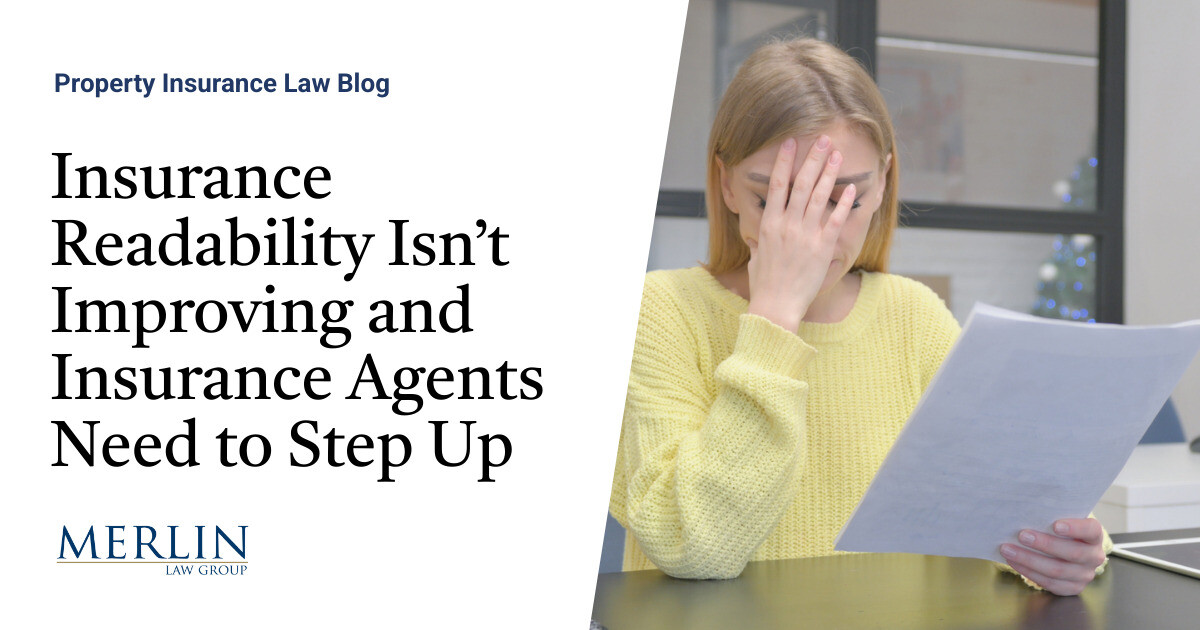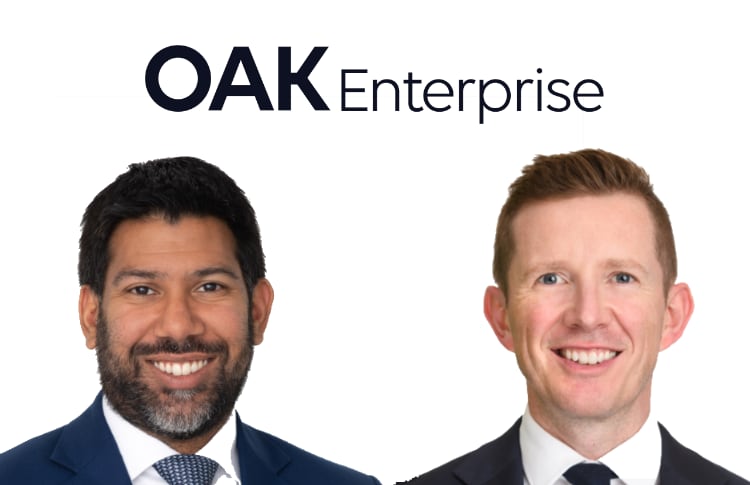
In a recent commentary authored by Schroders Capital’s Mark Gibson, Senior Investment Director ILS, and Christoph Hummel, Head of Analytics, ILS, both make the case for enhancing the trusted vendor models that underpin the catastrophe bond market with in-house expertise.The analysts’ commentary underscores that while “the ILS market benefits from the existence of advanced, independent risk models that have been developed over several decades,” active managers who develop an “own view of risk” can significantly sharpen portfolio decisions.But while the models are well-established and credible, they are not infallible.“However, it is important to acknowledge that models have inherent limitations,” Gibson and Hummel write.
“A thorough understanding of these limitations can significantly aid a cat bond manager to make better-informed investment decisions.” One such limitation lies in the ageing of exposure data and model update cycles.“The input data describe the exposure of the underlying portfolio at a specific point in time, and are subject to change as the portfolio of insurance policies evolves,” they explain.Additionally, “some updates being more than a decade apart,” which can leave modelled risk out of step with real-world developments, particularly where climate change and inflation-driven cost changes are concerned.
Secondary perils such as severe convective storms, floods, and wildfires have especially highlighted the issue.“Recent years have witnessed numerous secondary peril events, such as winter freezes, floods, severe convective storms, and wildfires, whose modelled ‘return periods’ for insured losses in their specific perils and regions (the average modelled time for an event of the same type and with the same or greater scale of losses to occur again, everything else being equal) exceed one hundred years,” the authors write.Adding: “The most recent of these events, the California wildfires in January 2025, set a new record for the largest insured fire loss in history.
Based on our model validation process, this trend cannot be explained solely by the changing environment since the most recent release of the respective catastrophe model.” That context formed a real-world test of Schroders’ internal modelling approach.Gibson and Hummel note: “Within Schroders Capital’s Insurance-Linked Securities team, we not only validate the vendor models and understand their limitations, but we also develop methods to adjust the modelling agents’ cat bond models where possible, based on in-house expertise.” This process sometimes involves “replacing certain components of the model with proprietary developments,” forming a house view used to assess new bond opportunities.A graphic included in the original post demonstrates how Schroders’ adjusted model recast risk levels in one example: “Observe that a 100-year loss in the vendor model is a 50-year event when assessed with our model.” While this may reduce headline yield expectations when compared against unadjusted models, it improves long-term confidence in the results.
The author’s stress: “Despite the apparent higher return expectation suggested by the unadjusted model view, the actual return will be the same.The difference is a more conservative view of the risk of losses.” Importantly, the strategy paid off during the California wildfires.“Given that most cat bonds have remote attachment levels, there are few opportunities to demonstrate an outperformance that resulted from the superior risk selection afforded by an own view of risk,” they write.
“The California wildfires afforded us that opportunity.As a result of managing our portfolios using our view of risk, we were heavily underweight in bonds exposed to California wildfire and we are generally underweight in secondary perils overall.” The authors reiterate that this is not a critique of vendor platforms.Rather, it’s about sharpening decision-making: “Accepting that there is always room for improvement, and developing an own view of risk, improves the quality of our investment decisions, as offerings which may appear attractive using the agent’s model can become unattractive using our view of risk.” As natural catastrophe models continue to evolve and adapt to a changing environment, Gibson and Hummel conclude that this dual approach, model reliance coupled with active validation, will continue to benefit investors.
“The ILS market benefits from the existence of advanced, independent risk models that have been developed over several decades.They provide a great starting point for managers and investors who are focused on understanding the risk and return possibilities in the ILS market and making the most informed investment decisions.”.All of our Artemis Live insurance-linked securities (ILS), catastrophe bonds and reinsurance can be accessed online.
Our can be subscribed to using the typical podcast services providers, including Apple, Google, Spotify and more.
Publisher: Artemis








